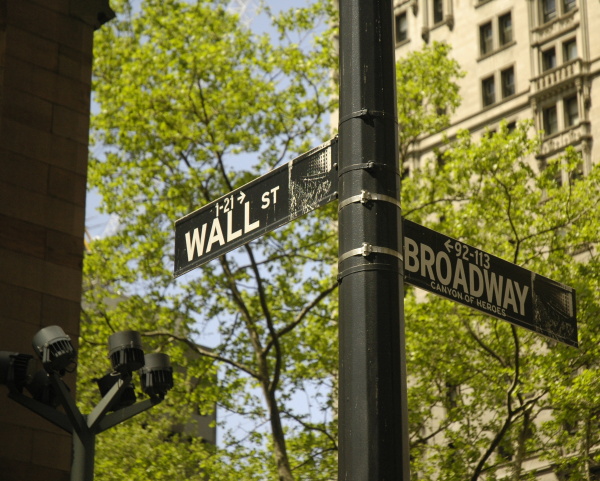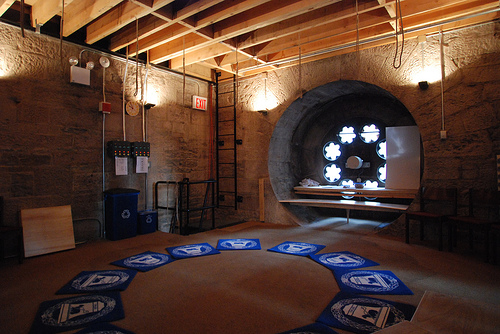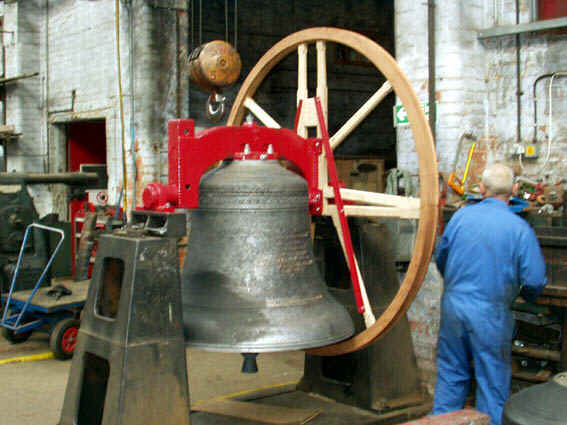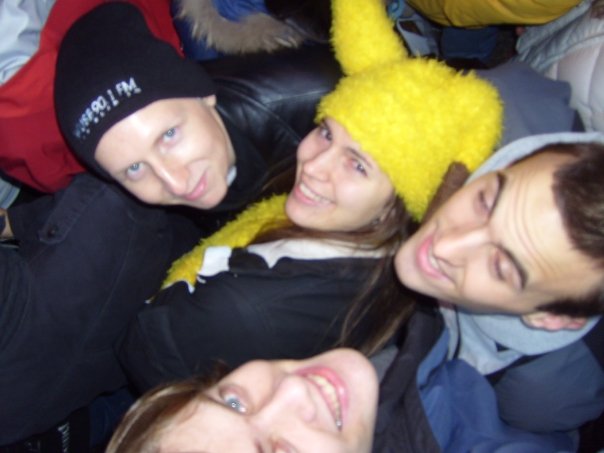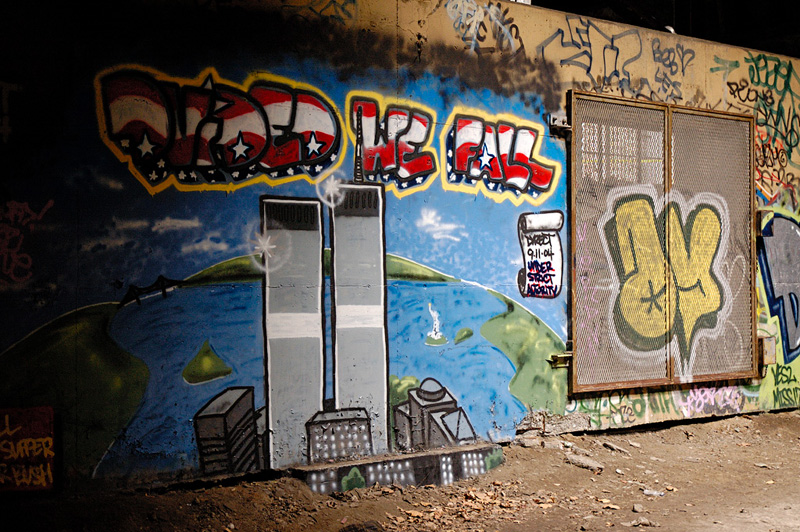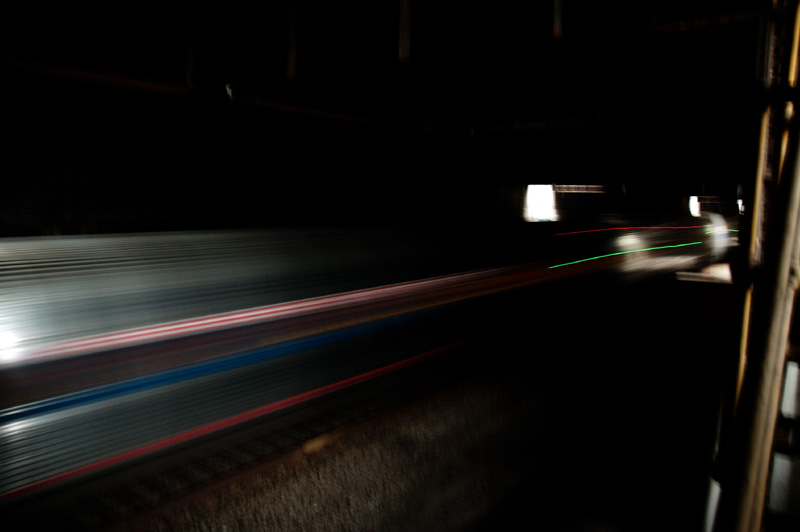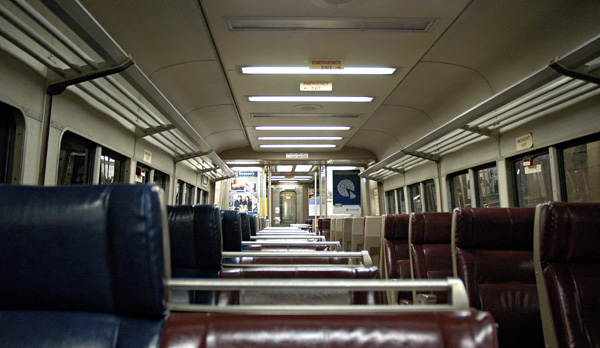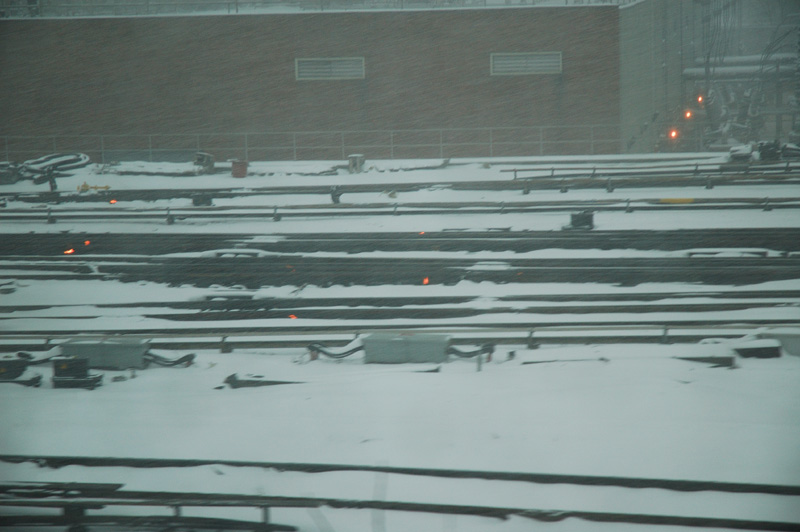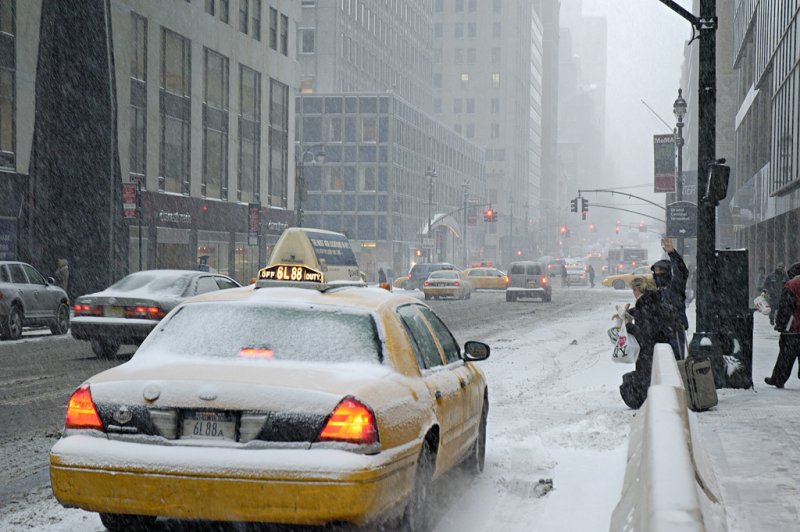Biometrics
Last week I got to spend a bit of time in NYC with obiwan. He’s never been in New York, so he did the tourist thing. I got to tag along on Friday. We went to the Statue of Liberty, Ellis Island, and a pizza place.
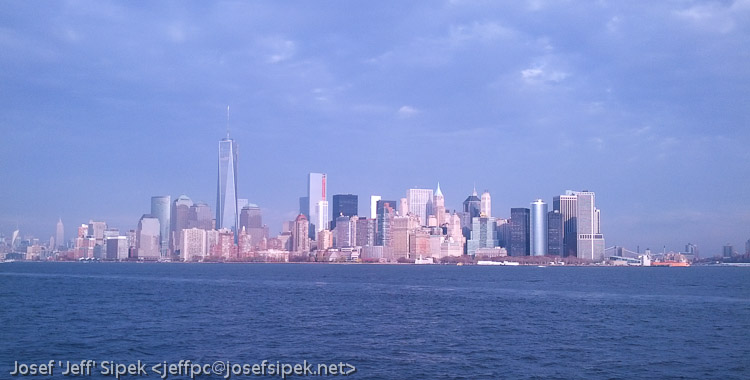
You may have noticed that this post is titled “Biometrics,” so what’s NYC got to do with biometrics? Pretty simple. In order to get into the Statue of Liberty, you have to first surrender your bags to a locker and then you have to go through a metal detector. (This is the second time you go through a metal detector — the first is in Battery Park before you get on the boat to Liberty Island.) Once on Liberty Island, you go into a tent before the entrance where you get to leave your bags and $2. Among the maybe 500–600 lockers, there are two or three touch screen interfaces. You use these to rent a locker. After selecting the language you wish to communicate in and feeding in the money, a strobe light goes off blinding you — this is to indicate where you are supposed to place your finger to have your finger print scanned. Your desire to rent a locker aside, you want to put your finger on the scanner to make the strobe go away. Anyway, once the system is happy it pops a random (unused) locker open and tells you to use it.
What could possibly go wrong.
After visiting the statue, we got back to the tent to liberate the bags. At the same touch screen interface, we entered in the locker number and when prompted scanned the correct finger. The fingerprint did not get recognized. After repeating the process about a dozen times, it was time to talk to the people running the place about the malfunction. The person asked for the locker number, went to the same interface that we used, used what looked like a  one-wire key fob near the top of the device to get an admin interface and then unlocked the locker. That’s it. No verification of if we actually owned the contents of the locker.
one-wire key fob near the top of the device to get an admin interface and then unlocked the locker. That’s it. No verification of if we actually owned the contents of the locker.
I suppose this is no different from a (physical) key operated locker for which you lost the key. The person in charge of renting the lockers has no way to verify your claim to the contents of the locker. Physical keys, however, are extremely durable compared to the rather finicky fingerprint scanners that won’t recognize you if you look at them the wrong way (or have oily or dirty fingers in a different way than they expect). My guess the reason the park service went with a fingerprint based solution instead of a more traditional physical key based solution is simple: people can’t lose the locker keys if you don’t use them. Now, are cheap fingerprint readers accurate enough to not malfunction like this often? Are the people supervising the locker system generally this apathetic about opening a locker without any questions? I do not know, but my observations so far are not very positive.
I suspect more expensive fingerprint readers will perform better. It just doesn’t make sense for something as cheap as a locker to use the more expensive readers.
